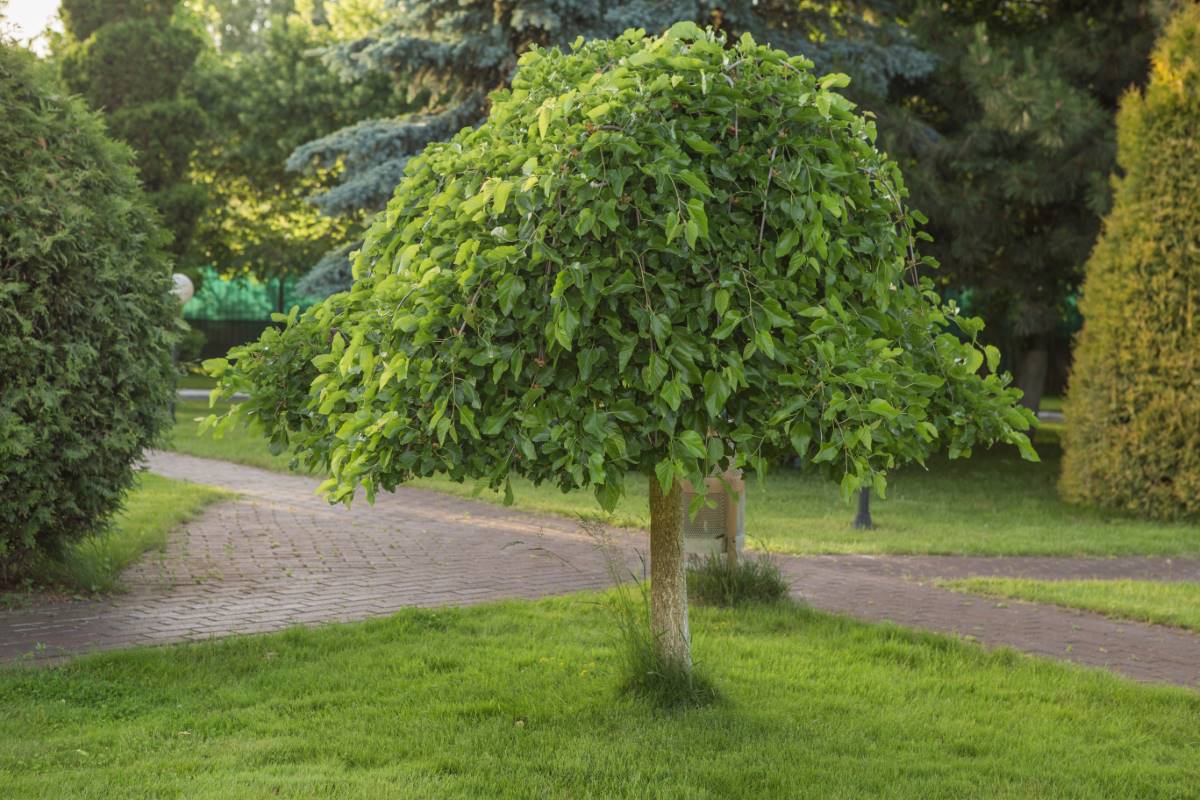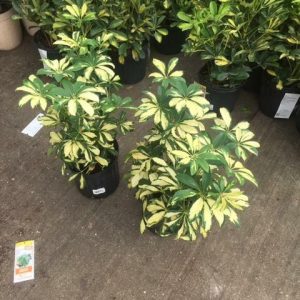Description
Morus – Mulberry –
There are about 12 species of upright to rounded, deciduous shrubs and trees in this genus. They occur mainly in woodland in Africa, North and South America with most coming from Asia.. They produce alternate, roughly heart shaped with closely toothed edges, often lobed, are light to dark green. In late spring and early summer, tiny, cup shaped, pale green male and female flowers are borne in separate catkins on the same plant, each female flower cluster develops into a single, spherical to oblong, edible, raspberry-like fruit. Grow most as specimen trees, M. nigra and M. rubra, are best species for edible fruit, often used in making jam and wine. The leaves of several species are used to feed silkworms.
Grow in any moderately fertile, moist but well drained soil in full sun. Shelter from cold, drying winds.
Prone to bacterial leaf scorch, coral spot, powdery mildew, butt rot, canker, Southern blight, root rot, borers, scale insects, and mealy bugs.
M. alba ‘Pendula’ – M. bombycis – White Mulberry – Fruitless Mulberry – Silkworm Mulberry – This vigorous, mushroom tree, with weeping and pendent shoots, grows 10′ feet tall and 15′ wide. It produces oval shaped leaves with heart shaped bases, sometime having 2 or 3 lobed, glossy, almost hairless, fresh green leaves, to 8″ long, with prominent veins and sharply toothed and they turn yellow in autumn. In late summer it bears ovoid, insipid-tasting white fruit, to 1″ long, ripening to pink and red.
Zones 4-8





